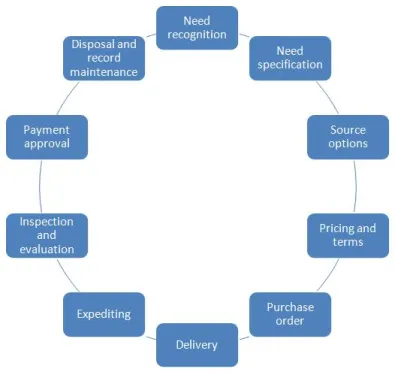Best Workflow Management Techniques for Small Businesses
- donnariekepro
- Jul 11, 2024
- 3 min read
In today’s fast-paced business environment, small businesses need effective workflow management techniques to stay competitive and efficient. Streamlined workflows help small businesses save time, reduce costs, and improve productivity. Here are some of the best workflow management techniques for small businesses:
1. Identify and Map Out Your Workflows
The first step in effective workflow management is identifying and mapping out all your business processes. This involves:
Listing All Tasks: Break down every process into individual tasks.
Defining Roles and Responsibilities: Assign each task to the appropriate team member.
Visualizing the Workflow: Use flowcharts or diagrams to visualize the sequence of tasks and their dependencies.
2. Prioritize Tasks
Not all tasks are created equal. Prioritizing tasks helps you focus on what’s most important:
Urgent vs. Important: Use the Eisenhower Matrix to categorize tasks based on urgency and importance.
Set Deadlines: Assign realistic deadlines to ensure tasks are completed on time.
Delegate Wisely: Delegate tasks to team members based on their strengths and expertise.
3. Automate Repetitive Tasks
Automation can significantly enhance workflow efficiency by reducing manual effort:
Automation Tools: Use tools like Zapier, Asana, or Trello to automate repetitive tasks such as data entry, email notifications, and report generation.
Set Triggers: Create triggers for automated actions, such as sending an invoice when a sale is made.
4. Implement Workflow Management Software
Investing in workflow management software can streamline your processes:
All-in-One Solutions: Consider tools like Monday.com, Smartsheet, or WorkflowMax that offer comprehensive workflow management features.
Customization: Choose software that allows you to customize workflows to match your business processes.
Integration: Ensure the software integrates with other tools you use, like CRM, ERP, and communication platforms.
5. Establish Clear Communication Channels
Effective communication is crucial for smooth workflow management:
Regular Meetings: Hold regular team meetings to discuss progress, address issues, and plan ahead.
Communication Tools: Use tools like Slack, Microsoft Teams, or Zoom for real-time communication and collaboration.
Feedback Mechanisms: Implement feedback loops to continuously improve processes and address bottlenecks.
6. Monitor and Measure Performance
Tracking and analyzing performance helps you identify areas for improvement:
Key Performance Indicators (KPIs): Define KPIs to measure the effectiveness of your workflows.
Regular Reviews: Conduct regular reviews to assess performance against KPIs.
Adjust and Optimize: Make necessary adjustments to optimize workflows based on performance data.
7. Foster a Culture of Continuous Improvement
Encourage your team to continuously seek ways to improve workflows:
Training and Development: Provide ongoing training to enhance skills and knowledge.
Employee Involvement: Involve employees in the process improvement initiatives.
Reward Innovation: Recognize and reward innovative ideas that improve workflow efficiency.
8. Standardize Processes
Standardizing processes ensures consistency and quality:
Document Procedures: Create standard operating procedures (SOPs) for all major tasks.
Consistency: Ensure all team members follow the same procedures.
Quality Control: Implement quality control measures to maintain high standards.
9. Leverage Technology
Utilize technology to streamline and enhance workflows:
Cloud-Based Solutions: Use cloud-based tools for easy access and collaboration.
Mobile Accessibility: Ensure tools are accessible on mobile devices for remote work flexibility.
Data Analytics: Use data analytics to gain insights into workflow performance and identify improvement areas.
10. Evaluate and Adapt
Regularly evaluate your workflow management techniques and adapt to changing needs:
Stay Updated: Keep up with industry trends and best practices.
Flexibility: Be flexible and open to change when necessary.
Continuous Learning: Encourage continuous learning and development within your team.
Conclusion
Effective workflow management is essential for small businesses to thrive in a competitive market. By identifying and mapping out workflows, prioritizing tasks, automating repetitive tasks, implementing workflow management software, establishing clear communication channels, monitoring and measuring performance, fostering a culture of continuous improvement, standardizing processes, leveraging technology, and regularly evaluating and adapting, small businesses can achieve greater efficiency, productivity, and success. SITES WE SUPPORT
SOCIAL LINKS




Comments